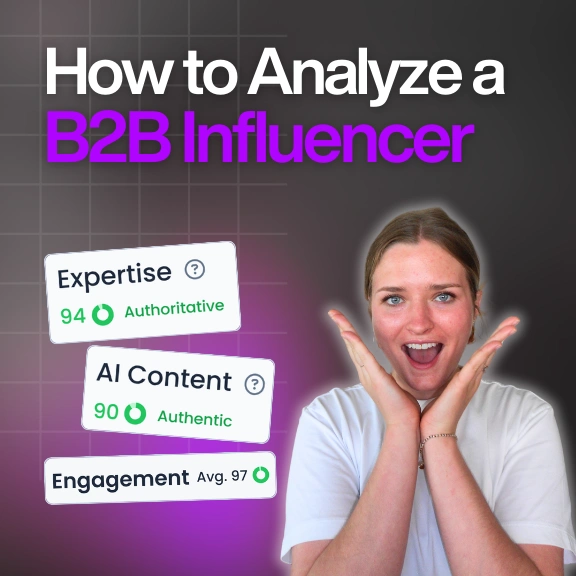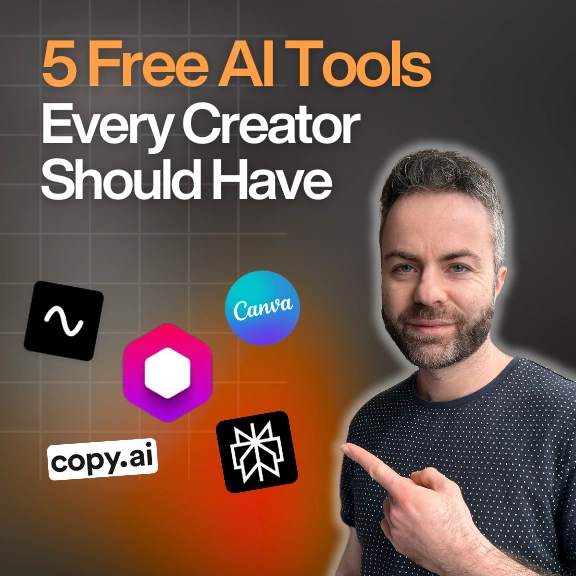Blog & Articles
Your ultimate ressource for the creator economy
Methodology & Rankings
About Favikon, rankings, tools & much more.
Insights
The recipe behind Favikon's viral & coveted rankings.
Free tools to power your influencer marketing workflows.
See Favikon users' success stories.
Get access to all Favikon rankings.
Become a Partner
Become an Affiliate
About the team behind Favikon
The place to talk creator economy, together


Featured Rankings

Here is the Top 50 Rising Video Creators on LinkedIn. Video is quickly becoming the platform’s most powerful format, with creators gaining more reach and engagement than ever. As Gen Z grows its presence and tools like BrandLink and Thought Leader Ads support content creation, LinkedIn is doubling down on video. This ranking, made in partnership with OpusClip, celebrates the creators leading this shift and aims to inspire anyone ready to start sharing through video.

Here is the Top 50 Rising Video Creators on LinkedIn. Video is quickly becoming the platform’s most powerful format, with creators gaining more reach and engagement than ever. As Gen Z grows its presence and tools like BrandLink and Thought Leader Ads support content creation, LinkedIn is doubling down on video. This ranking, made in partnership with OpusClip, celebrates the creators leading this shift and aims to inspire anyone ready to start sharing through video.
.png)

Josie Renna is a content strategy expert with a passion for helping creators navigate the ever-evolving digital landscape. Specializing in effective content creation techniques and platform-specific strategies, Josie provides insights to empower creators and brands to thrive online. With a deep understanding of algorithm dynamics and audience engagement, Josie shares actionable tips for optimizing content performance across various platforms.
Check Brand DealsHow to Build Your First Influencer Campaign from Scratch
Building your first influencer campaign can feel overwhelming, but with the right framework and strategic approach, you can create a successful campaign that drives real results for your brand. This comprehensive guide will walk you through every step of the process, from initial planning to measuring success.
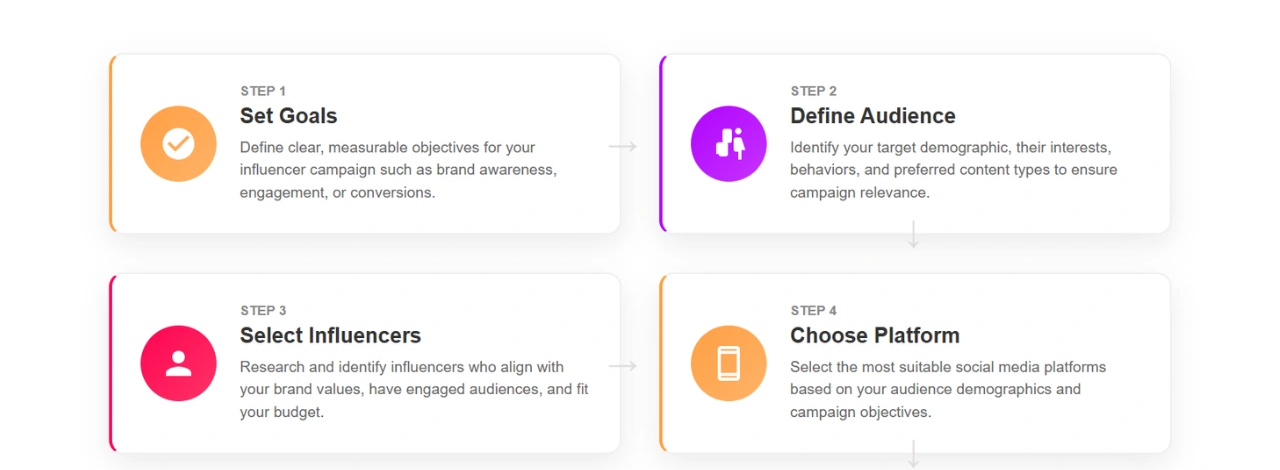
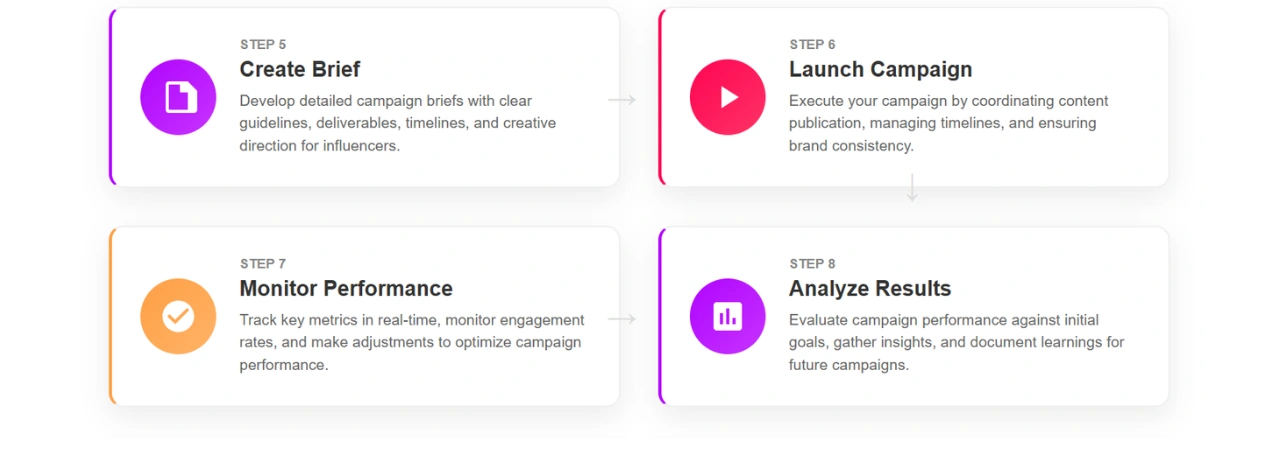
Understanding the Foundation of Influencer Marketing
Before diving into campaign creation, it's essential to understand what makes influencer marketing so powerful. According to Sprout Social's research, 89% of marketers say ROI from influencer marketing is comparable to or better than other marketing channels. The key lies in authentic storytelling and genuine connections between influencers and their audiences.
As marketing expert Neil Patel notes, "The best influencer campaigns don't feel like advertising at all. They feel like recommendations from a trusted friend." This authenticity is what separates successful campaigns from those that fall flat.
Setting Clear Campaign Objectives and Goals
Define Your Primary Goals
Your campaign objectives should align with your overall business strategy. Common influencer marketing goals include:
- Brand Awareness: Increasing visibility and reach among your target audience
- Lead Generation: Driving traffic to your website or landing pages
- Sales Conversion: Directly attributing revenue to influencer activities
- Community Building: Growing your social media following and engagement
According to HubSpot's marketing research, brands that set specific, measurable goals are 3x more likely to achieve positive ROI from their influencer campaigns.
Establish SMART KPIs
Your key performance indicators should be Specific, Measurable, Achievable, Relevant, and Time-bound. Industry benchmarks suggest:
- Engagement Rate: 1-3% for macro-influencers, 3-6% for micro-influencers
- Click-through Rate: 0.5-1.5% average across platforms
- Conversion Rate: 1-3% for e-commerce campaigns
Understanding Your Target Market
Define your ideal audience through comprehensive demographic and psychographic research to ensure your influencer partnerships reach the right people with maximum impact.
Key Audience Definition Elements:
- Demographics & Psychographics: Age, gender, location, interests, and lifestyle preferences
- Platform Preferences: Which social media channels your audience actively uses
- Content Consumption Habits: When and how they engage with influencer content
- Pain Points & Buying Journey: Challenges they face and how they make purchasing decisions
Identifying and Selecting the Right Influencers
Understanding Influencer Tiers
The influencer landscape includes several categories, each with distinct advantages:
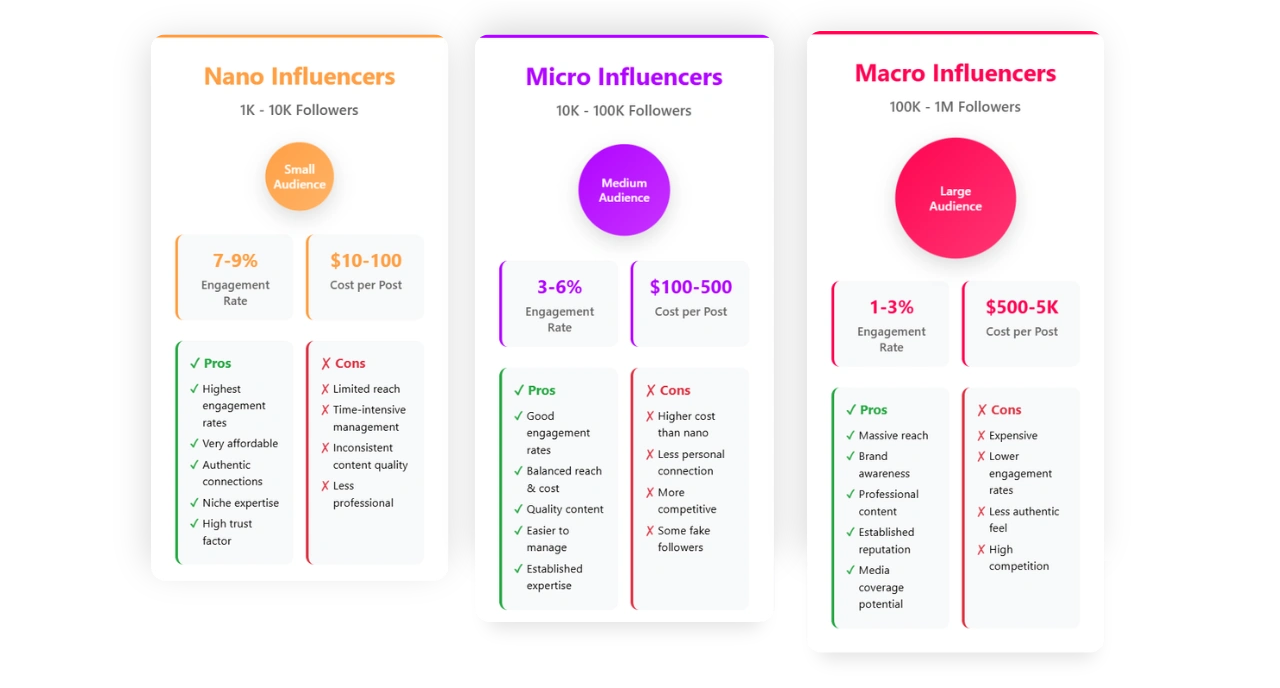
Key Selection Criteria
When evaluating potential influencers, you need to consider these critical factors:
1. Audience Alignment: Ensure the influencer's followers match your target demographics
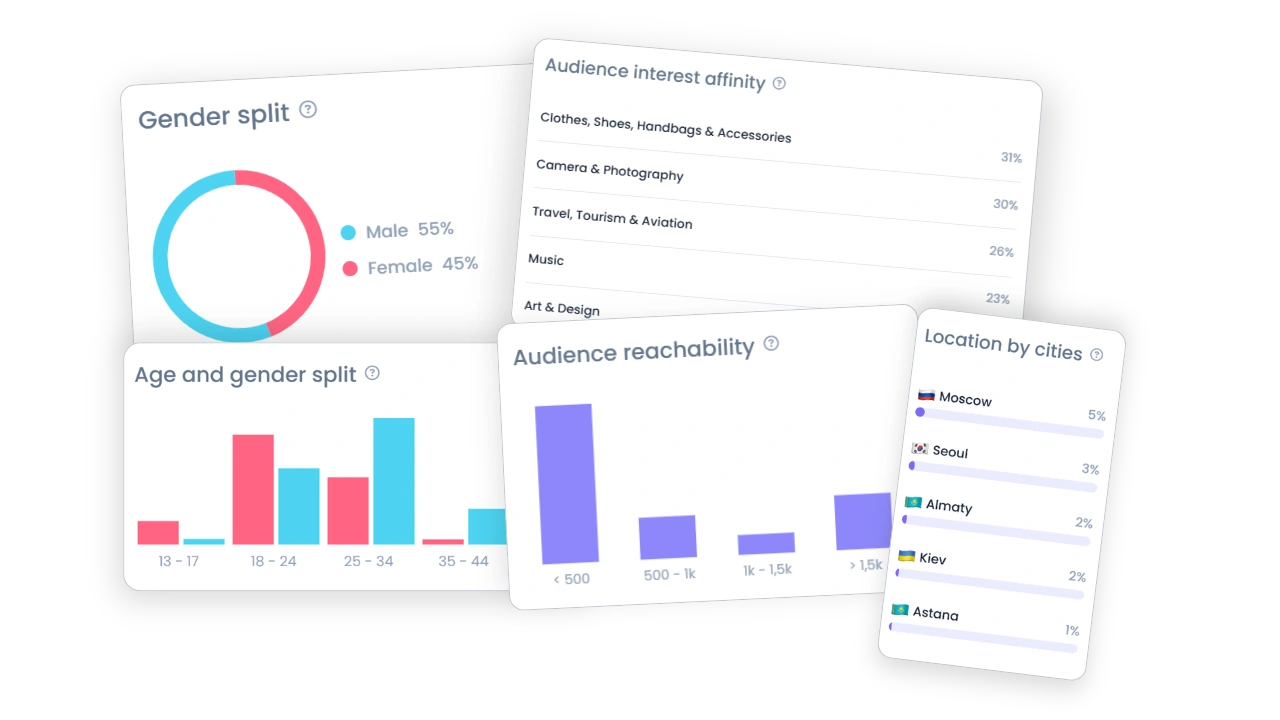
2. Engagement Quality: Look beyond numbers to assess genuine interaction
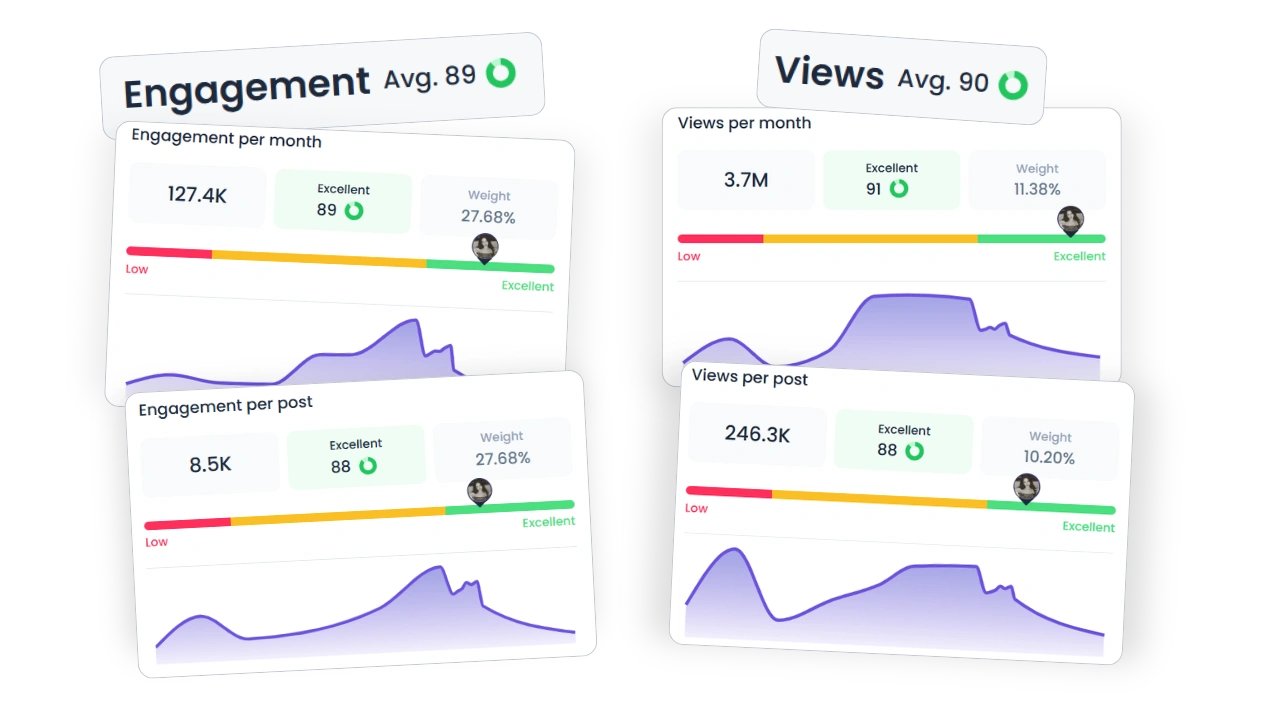
3. Content Style: Evaluate if their aesthetic and voice align with your brand
4. Brand Safety: Review past content for potential conflicts or controversies
Developing Your Campaign Strategy and Budget
Budget Allocation Framework
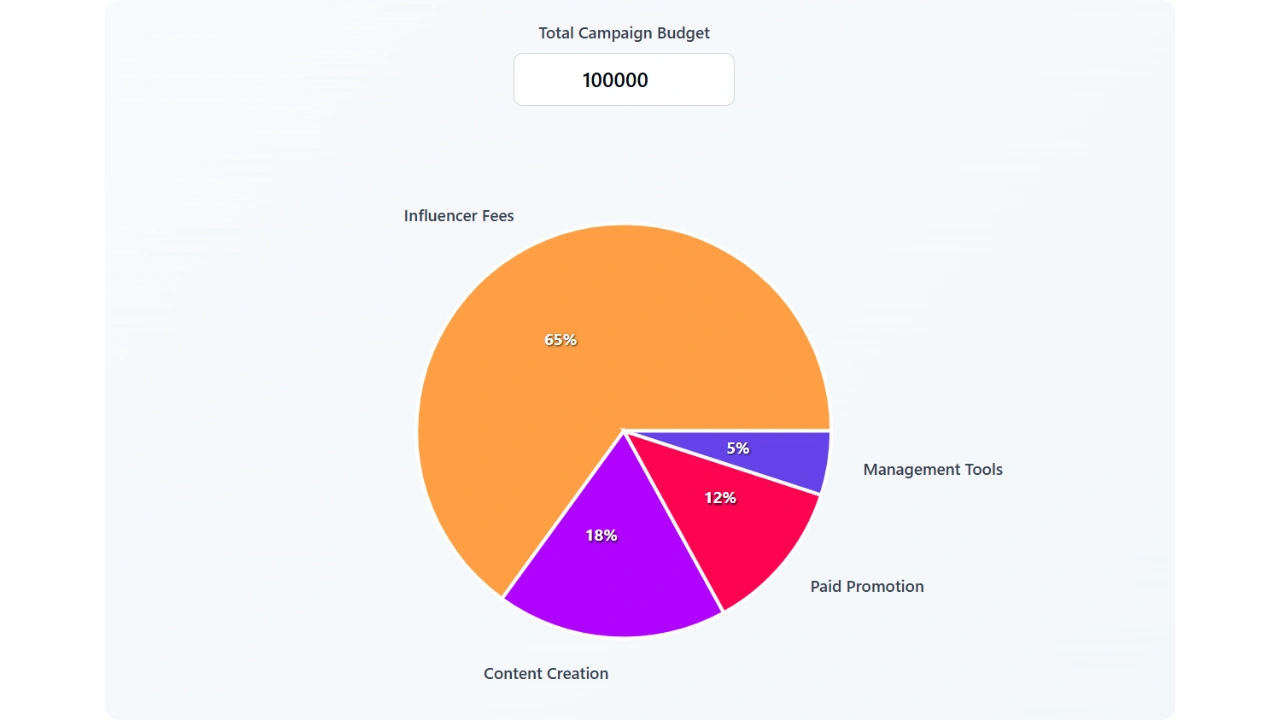
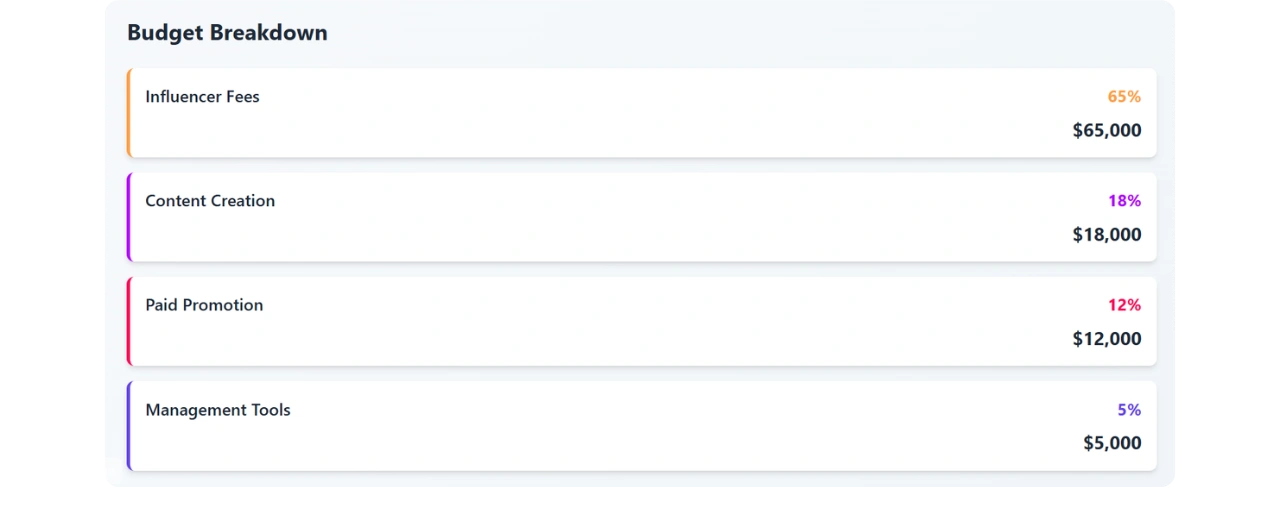
A well-structured budget typically allocates funds across these areas:
- Influencer Fees: 60-70% of total budget
- Content Creation: 15-20% (photography, videography, editing)
- Paid Promotion: 10-15% (boosting posts, ads)
- Management Tools: 5-10% (platforms, analytics)
According to AdRoll's micro-influencer campaign research, brands typically see better ROI when working with multiple micro-influencers rather than one macro-influencer with the same total budget.
Platform-Specific Strategies
Each social media platform requires a tailored approach:
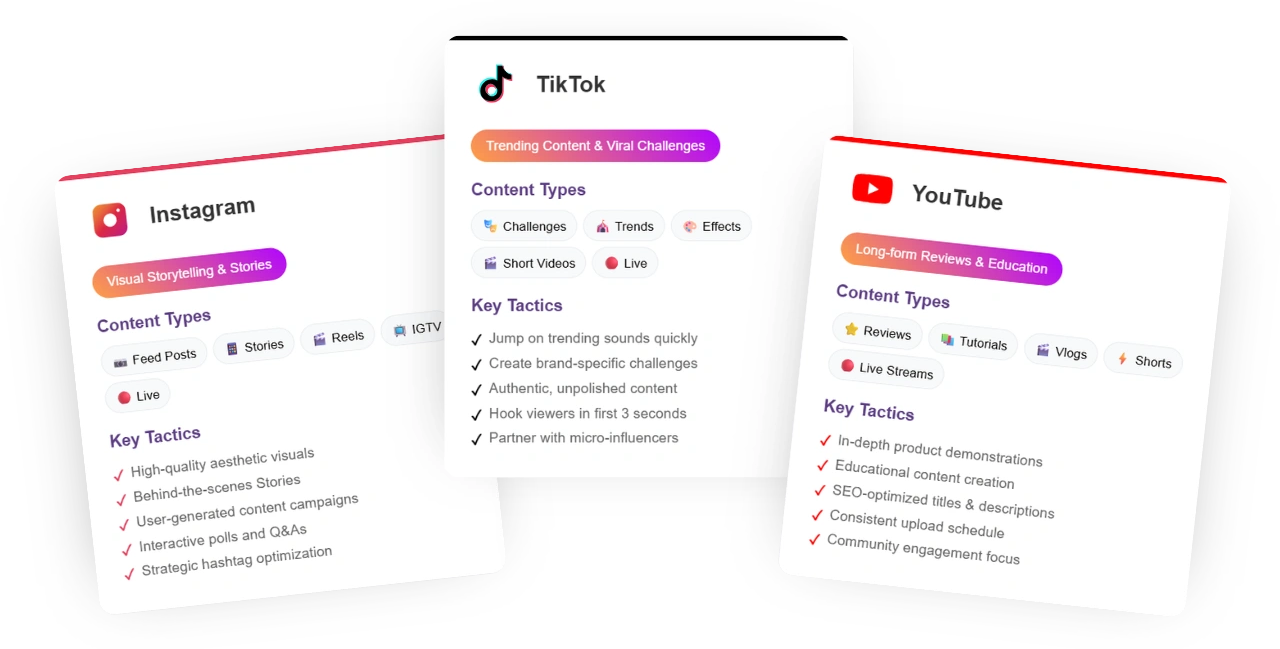
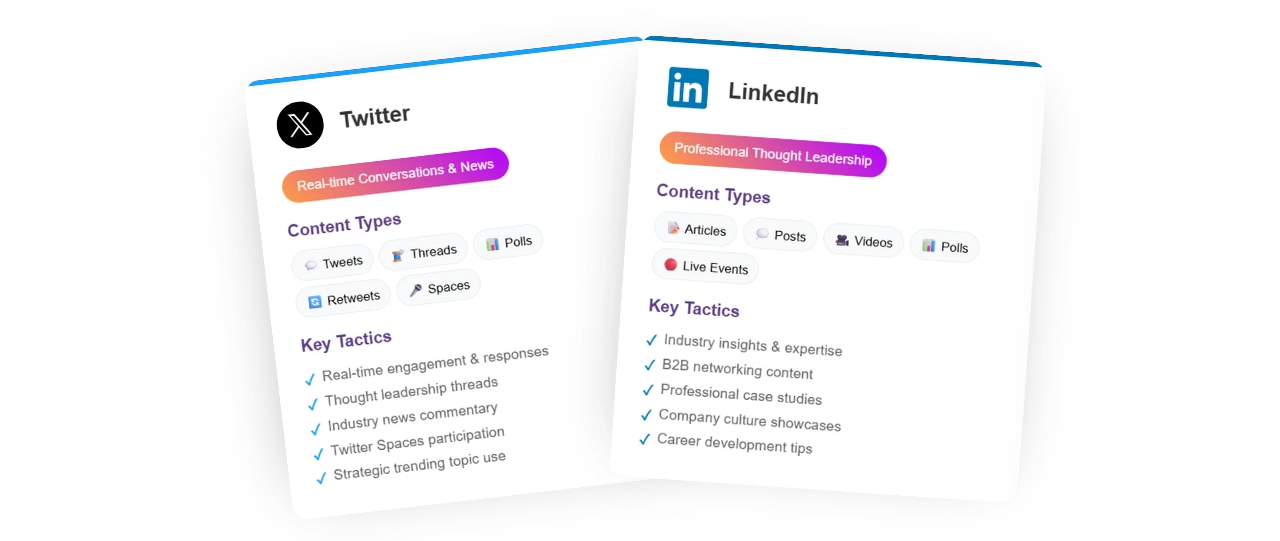
Creating Compelling Campaign Briefs
Essential Brief Components
Your campaign brief should include:
- Campaign Overview: Goals, timeline, and key messages
- Brand Guidelines: Logo usage, color schemes, tone of voice
- Content Requirements: Number of posts, format specifications, hashtags
- Legal Requirements: FTC disclosure guidelines, usage rights
- Deliverables Timeline: Clear deadlines for content submission and posting
GetFused's strategy template recommends providing influencers with creative freedom while maintaining brand consistency. As influencer marketing expert Joe Gagliese states, "The best campaigns happen when brands give influencers the freedom to tell their story in their own voice."
Executing Your Influencer Marketing Strategy
Coordinate the live deployment of your campaign by managing content schedules, monitoring real-time performance, and ensuring seamless execution across all participating influencers.
Critical Launch Elements:
- Content Scheduling: Coordinate posting times across platforms for maximum reach
- Real-Time Monitoring: Track posts as they go live to ensure brand compliance
- Performance Tracking: Monitor initial metrics like engagement and conversion rates
- Crisis Management: Have protocols ready for addressing any negative feedback or issues
Legal Considerations and Compliance
FTC Guidelines and Disclosure Requirements
Proper disclosure is not just ethical, it's legally required. The FTC mandates clear and conspicuous disclosure of sponsored content. Best practices include:
- Use #ad or #sponsored at the beginning of posts
- Include disclosure in video content, not just descriptions
- Ensure disclosure is visible without clicking "more"
Contract Essentials
Your influencer contracts should cover:
- Deliverables: Specific content requirements and deadlines
- Usage Rights: How and where you can repurpose content
- Exclusivity Clauses: Restrictions on promoting competitors
- Performance Metrics: Expected engagement or reach targets
- Payment Terms: Timeline and conditions for compensation
Measuring Campaign Success and ROI
Tracking and Analytics Tools
Effective measurement requires the right tools:
- Native Platform Analytics: Instagram Insights, TikTok Analytics
- Third-Party Tools: Hootsuite, Sprout Social, Later
- UTM Parameters: Track website traffic from specific influencers
- Promo Codes: Direct attribution of sales to influencer activities
Key Metrics to Monitor
Track both vanity metrics and business-impact metrics:
Awareness Metrics
- Reach and impressions
- Brand mention sentiment
- Hashtag performance
Engagement Metrics
- Likes, comments, shares
- Story completion rates
- Click-through rates
Conversion Metrics
- Website traffic from influencer content
- Lead generation and email signups
- Direct sales attribution
Industry data shows that campaigns with proper tracking see 25% higher ROI than those without comprehensive measurement strategies.
Optimizing for Long-Term Success
Building Lasting Relationships
The most successful brands treat influencer marketing as relationship building, not just transactional exchanges. Consider developing ambassador programs for top-performing influencers to create ongoing partnerships.
Marketing consultant Ann Handley emphasizes, "The goal isn't just to work with influencers once. It's to build relationships that create authentic, long-term brand advocacy."
Scaling Your Program
As you gain experience and see positive results, consider:
- Diversifying Influencer Tiers: Mix nano, micro, and macro-influencers
- Expanding Platform Presence: Test new social media channels
- Automating Processes: Use influencer marketing platforms for efficiency
- Creating User-Generated Content: Encourage customers to create content
Getting Started with Favikon
Ready to launch your first influencer campaign? Favikon's influencer marketing platform provides comprehensive tools to streamline every aspect of your campaign:
Advanced Search Filters: Find influencers by audience demographics, engagement rates, and niche expertise
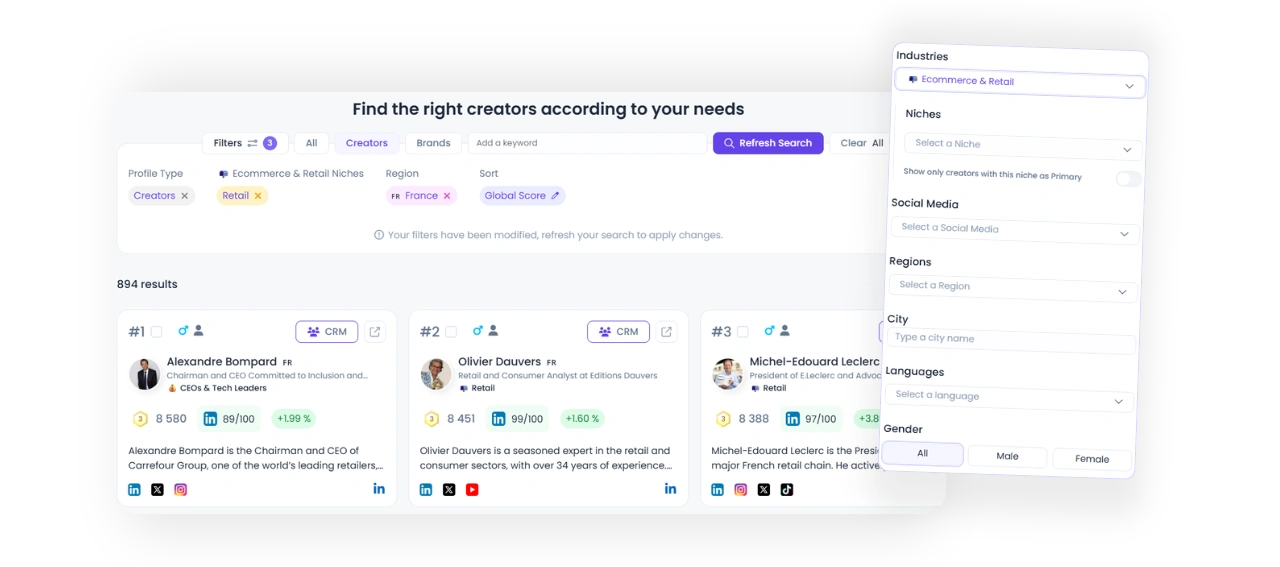
Campaign Management: Track deliverables, deadlines, and performance metrics in one dashboard
Analytics and Reporting: Measure ROI with detailed performance insights
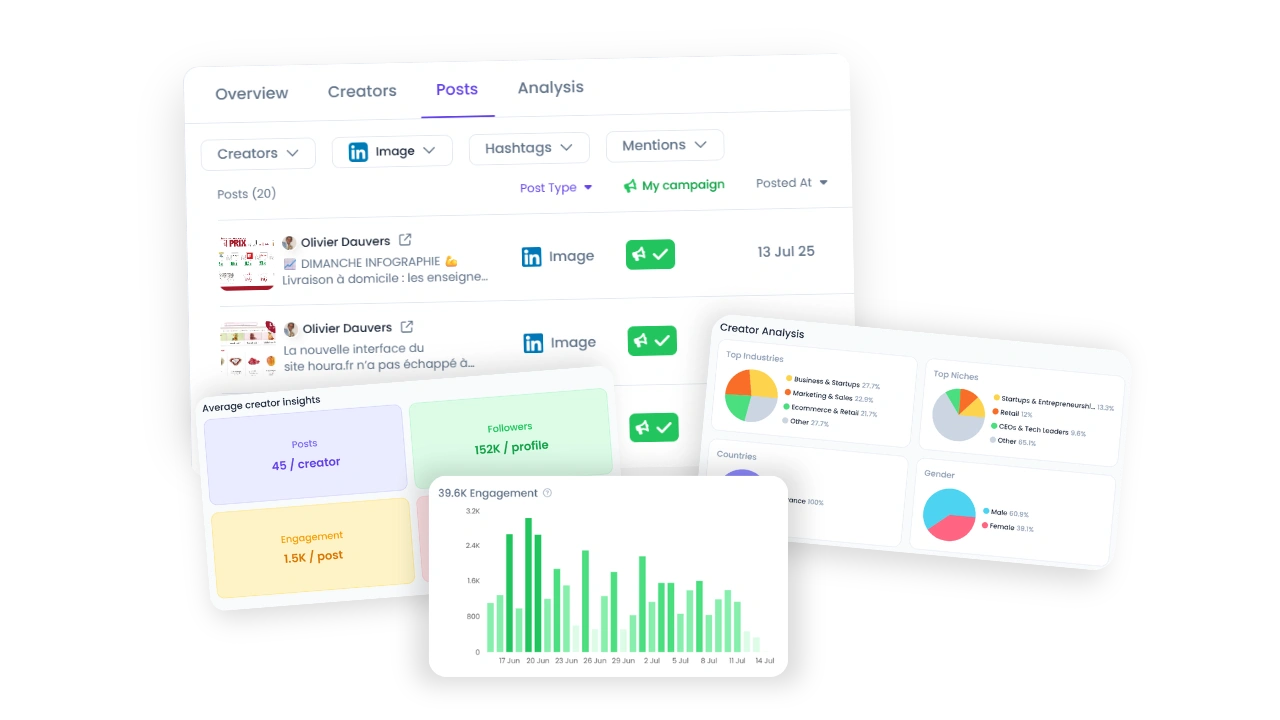
Relationship Management: Build and maintain long-term influencer partnerships
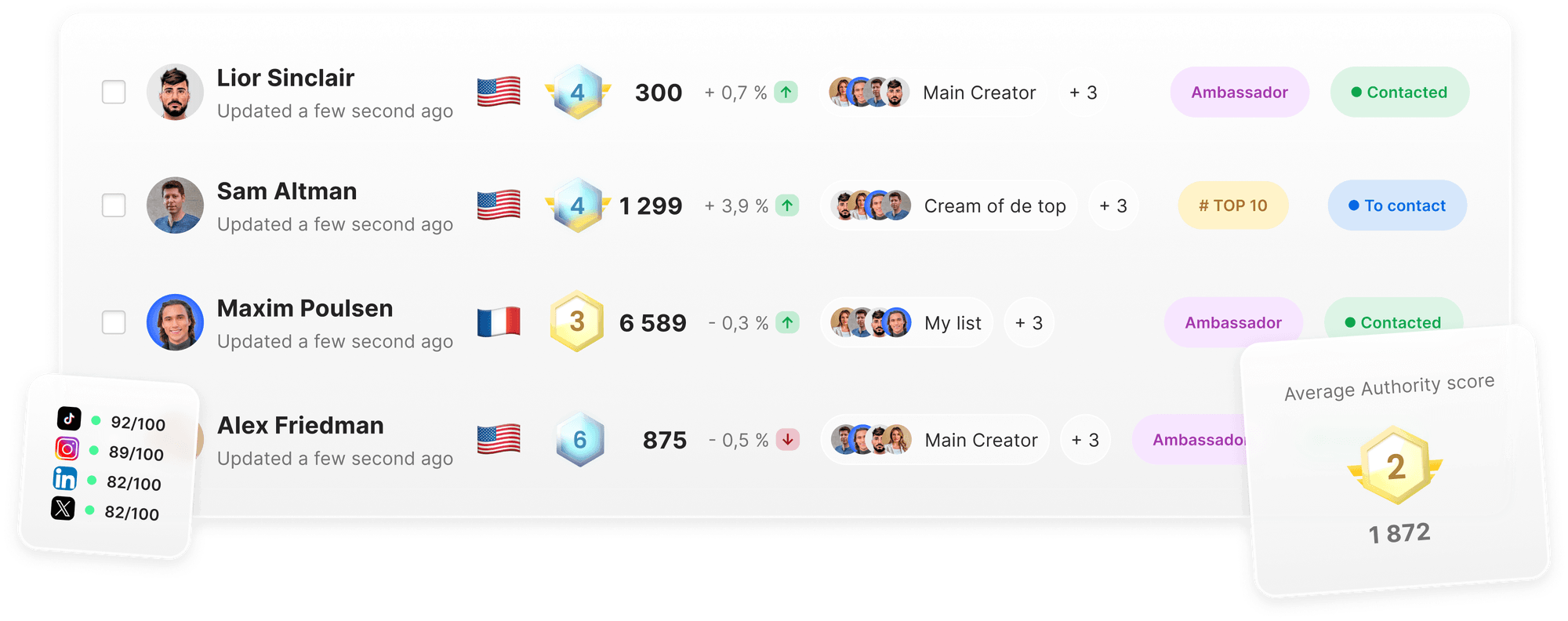
Start your free trial today and discover how Favikon can help you build successful influencer campaigns that drive real business results.
Also See 👀
🏆HOW TO CREATE AN INFLUENCER MARKETING STRATEGY THAT DRIVES ROI
LAUNCH AND MANAGE INFLUENCER CAMPAIGNS WITH EASE
HOW DOES FAVIKON RANK INFLUENCERS?
Related Articles
See all the articlesResources











.png)
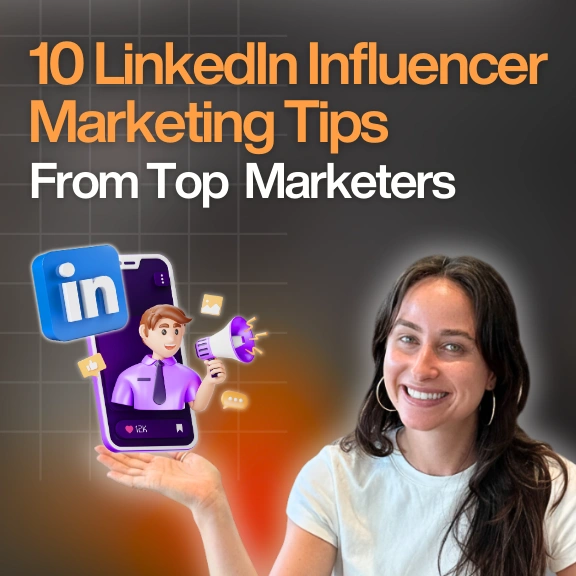




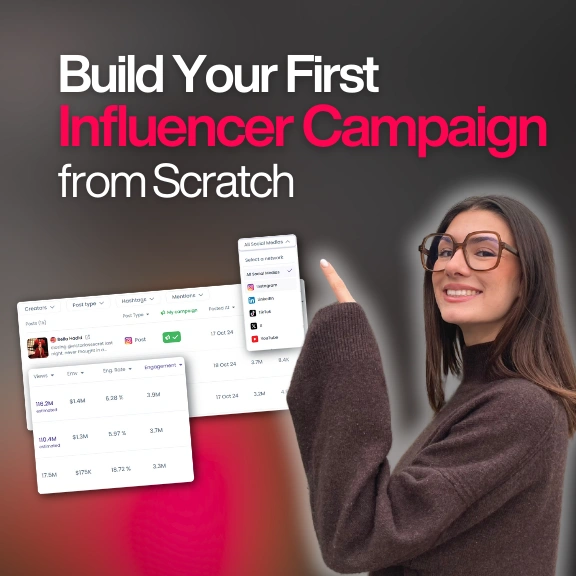
.png)
